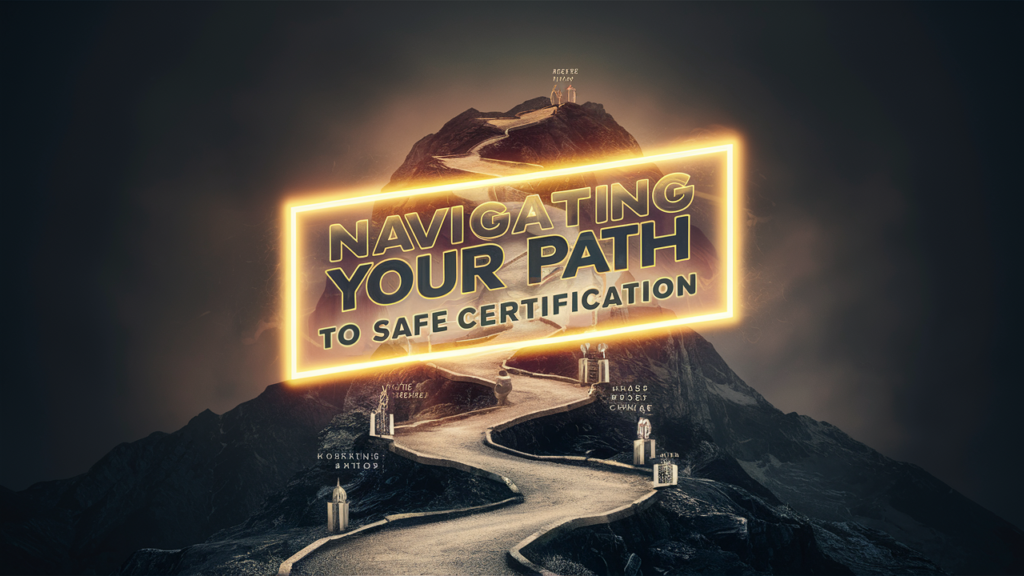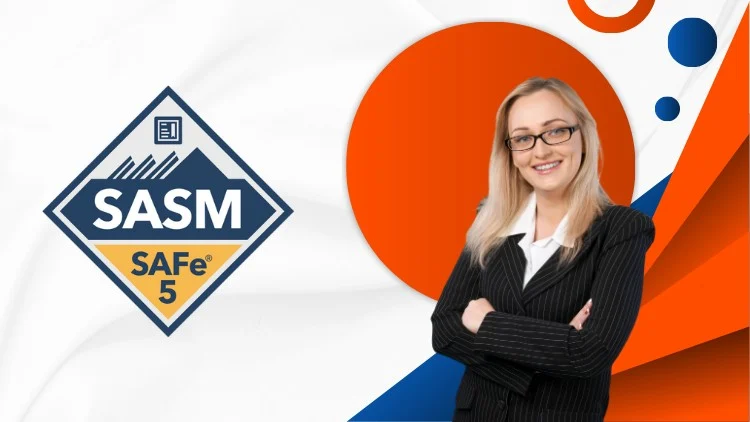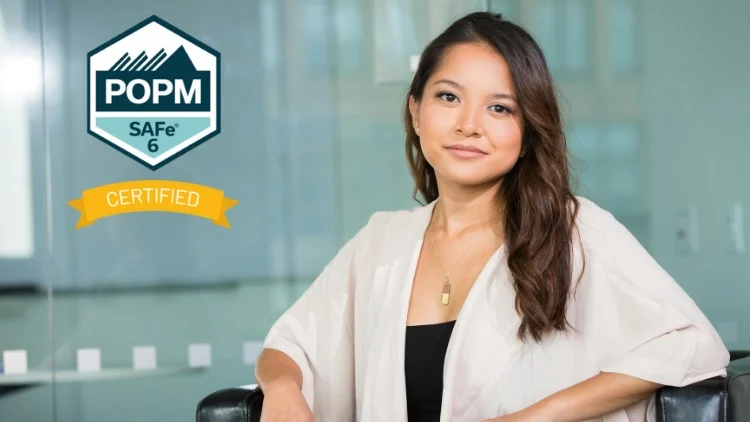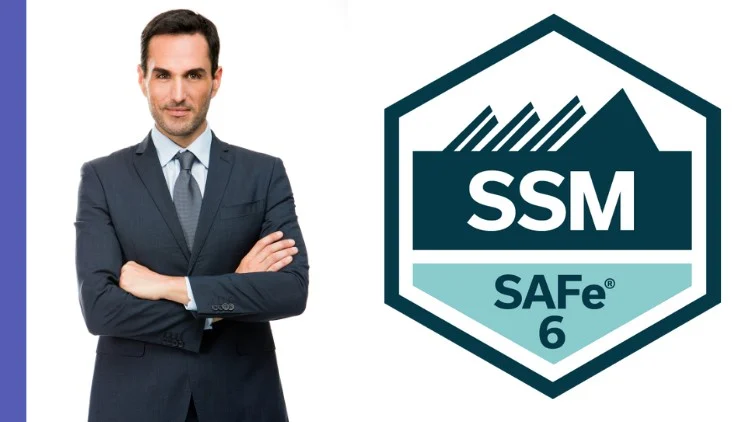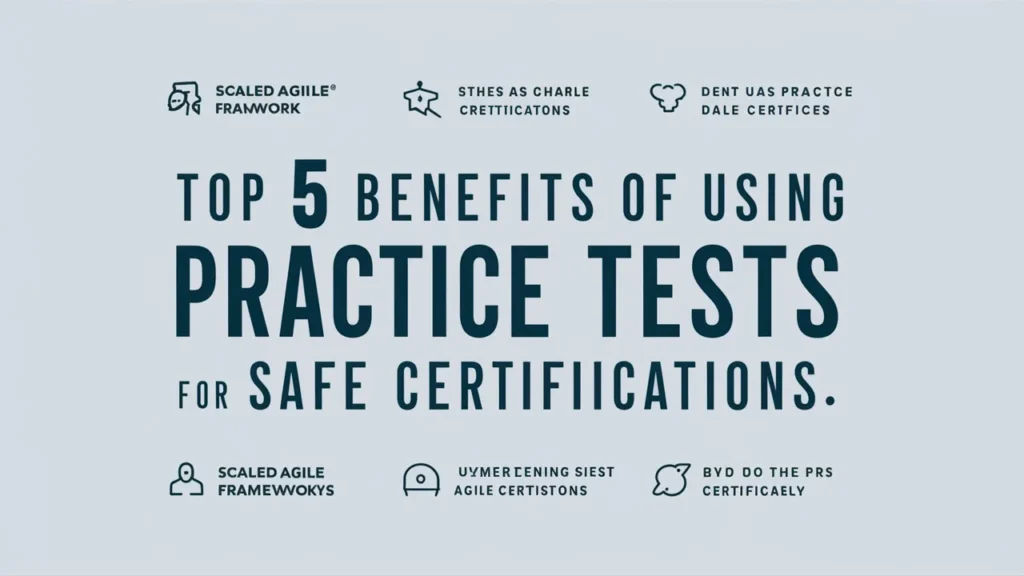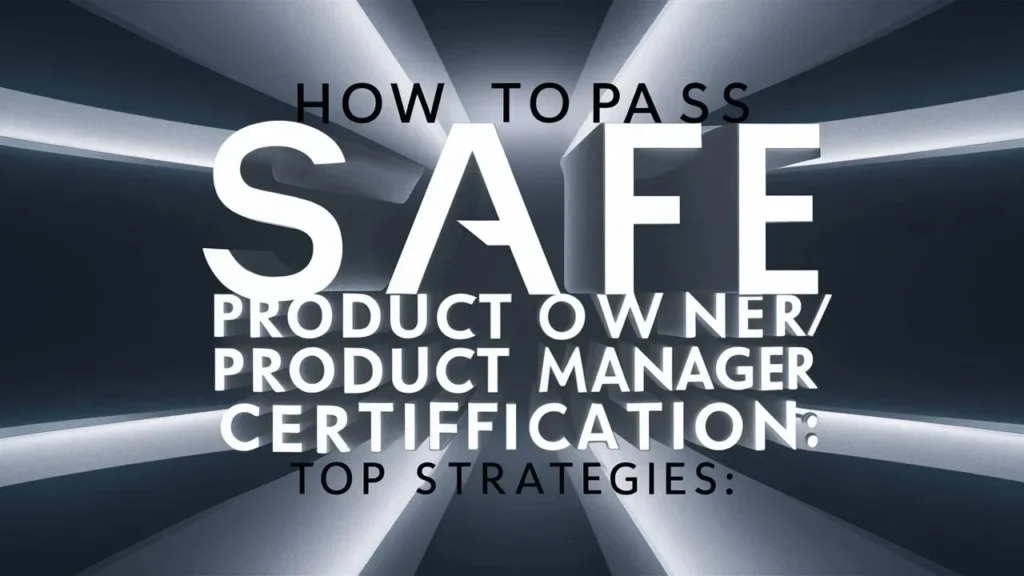Introduction
Embarking on the journey to SAFe (Scaled Agile Framework) Certification can significantly elevate your career in project management and agile methodologies. As organizations increasingly adopt agile practices at scale, the demand for certified SAFe professionals continues to rise. This blog is tailored for aspiring project managers, agile practitioners, and professionals aiming to validate their expertise in SAFe. By the end of this guide, you’ll gain actionable insights, practical tips, and access to recommended practice tests to ensure your success in achieving SAFe Certification.
💡 Quick Tip: Start your certification journey by assessing your current understanding of SAFe principles. This initial evaluation will help you identify areas that require more focus during your study plan.
1. Understanding SAFe Certification
A. What is SAFe Certification?
SAFe Certification is a credential that validates your knowledge and expertise in implementing the Scaled Agile Framework within an organization. It covers various roles, practices, and principles essential for scaling agile practices effectively across large enterprises.
🔍 Example: Imagine you’re leading a team in a mid-sized tech company that’s transitioning to agile methodologies. SAFe Certification equips you with the frameworks and strategies needed to manage this transformation smoothly.
B. Benefits of Becoming SAFe Certified
- 🎯 Career Advancement: Opens doors to higher-level positions and leadership roles.
- 💰 Increased Earning Potential: Certified professionals often command higher salaries.
- 📚 Enhanced Skill Set: Deepens your understanding of agile methodologies and scaling practices.
- 🏢 Organizational Impact: Contributes to more efficient and effective project delivery within your organization.
Success Story: Jane Doe, a project manager at TechCorp, pursued SAFe Certification to enhance her agile expertise. Post-certification, she led a successful transformation project that improved team productivity by 30%, resulting in a promotion to Senior Project Manager.
2. Choosing the Right SAFe Certification Path
A. Overview of Different SAFe Certifications
SAFe offers a variety of certifications tailored to different roles within an organization, including:
- SAFe Agilist (SA): Focuses on leading a Lean-Agile transformation.
- SAFe Practitioner (SP): Geared towards team members implementing agile practices.
- SAFe Program Consultant (SPC): For those who wish to train others and lead large-scale transformations.
🗂️ Tip: Review the responsibilities of each role within your current or desired position to determine which certification aligns best with your career trajectory.
B. Selecting the Best Certification for Your Career Goals
Assess your current role and future aspirations to choose the certification that aligns best with your career path. For instance, if you aim to lead organizational change, the SAFe Agilist certification might be the most beneficial.
🔧 Guide: Create a pros and cons list for each certification option based on factors like time commitment, cost, and how each aligns with your long-term goals.
Success Story: John Smith, an aspiring agile coach, opted for the SAFe Program Consultant certification. This decision enabled him to lead training sessions and guide his organization through a successful agile transformation, significantly boosting his career trajectory.
3. Preparing for the SAFe Certification Exam
A. Study Materials and Resources
- 📘 Official SAFe Training: Enroll in accredited SAFe courses offered by Scaled Agile, Inc.
- 📚 SAFe Study Guides: Comprehensive guides that cover all exam topics.
- 💬 Online Forums and Study Groups: Engage with peers to discuss concepts and clarify doubts.
🛠️ Example: Utilize platforms like Scaled Agile Framework Official Site for up-to-date study materials and community support.
B. Effective Study Strategies and Time Management
- 🗓️ Create a Study Schedule: Allocate specific times each day for studying to ensure consistent progress.
- 🎯 Practice Regularly: Use flashcards and quizzes to reinforce your knowledge.
- 🧠 Understand, Don’t Memorize: Focus on comprehending the principles and their applications rather than rote memorization.
💡 Tip: Break down your study sessions into manageable chunks (e.g., 25-minute focused study followed by a 5-minute break) to maintain high levels of concentration.
Success Story: Emily Zhang balanced her full-time job with SAFe Certification preparation by dedicating an hour each evening to study. Her disciplined approach enabled her to pass the exam on her first attempt.
4. Utilizing Practice Tests for Exam Readiness
A. Importance of Practice Tests in Certification
Practice tests are crucial for:
- ✅ Assessing Your Knowledge: Identify areas where you need further study.
- 📝 Familiarizing with Exam Format: Understand the types of questions and time constraints.
- 💪 Building Confidence: Reduce exam anxiety by practicing under test-like conditions.
🔍 Example: Taking timed practice tests can help you manage your time effectively during the actual exam, ensuring you complete all sections confidently.
B. Recommended Practice Tests by Gururo
Gururo offers a comprehensive range of SAFe practice tests designed to mirror the actual exam’s difficulty and structure. These tests provide detailed explanations for each answer, helping you understand the reasoning behind correct and incorrect options.
🌟 Tip: Incorporate Gururo’s practice tests into your study routine at regular intervals to track your progress and identify improvement areas.
Success Story: Mark Lee utilized Gururo’s SAFe practice tests extensively during his preparation. The realistic simulations helped him identify weak areas and improve his test-taking strategies, leading to his successful certification.
5. Maintaining and Leveraging Your SAFe Certification
A. Continuing Education and Recertification
SAFe Certifications require periodic renewal to ensure that your knowledge remains current. Engage in continuous learning through advanced courses, webinars, and workshops to maintain your certification status.
📅 Tip: Set reminders for recertification deadlines and plan your continuing education activities well in advance to avoid last-minute stress.
B. Showcasing Your Certification on Your Resume and LinkedIn
Highlight your SAFe Certification prominently on your resume and LinkedIn profile to attract potential employers and demonstrate your commitment to professional growth.
📝 Guide: Use bullet points to list your certification under a dedicated “Certifications” section and incorporate relevant keywords to enhance visibility in search results.
Success Story: After obtaining her SAFe Agilist certification, Sarah Johnson revamped her LinkedIn profile to highlight her new credential. This led to multiple job offers and a significant increase in her professional network.
Conclusion
Achieving SAFe Certification is a strategic investment in your career, equipping you with the skills and credentials needed to excel in agile environments. By following the essential tips outlined in this guide and utilizing high-quality practice tests offered by Gururo, you can navigate your path to certification with confidence. Embrace this opportunity to enhance your expertise, contribute to your organization’s success, and unlock new career opportunities.
🚀 Final Tip: Schedule your SAFe Certification exam early and set incremental study goals to stay on track and ensure timely preparation.

